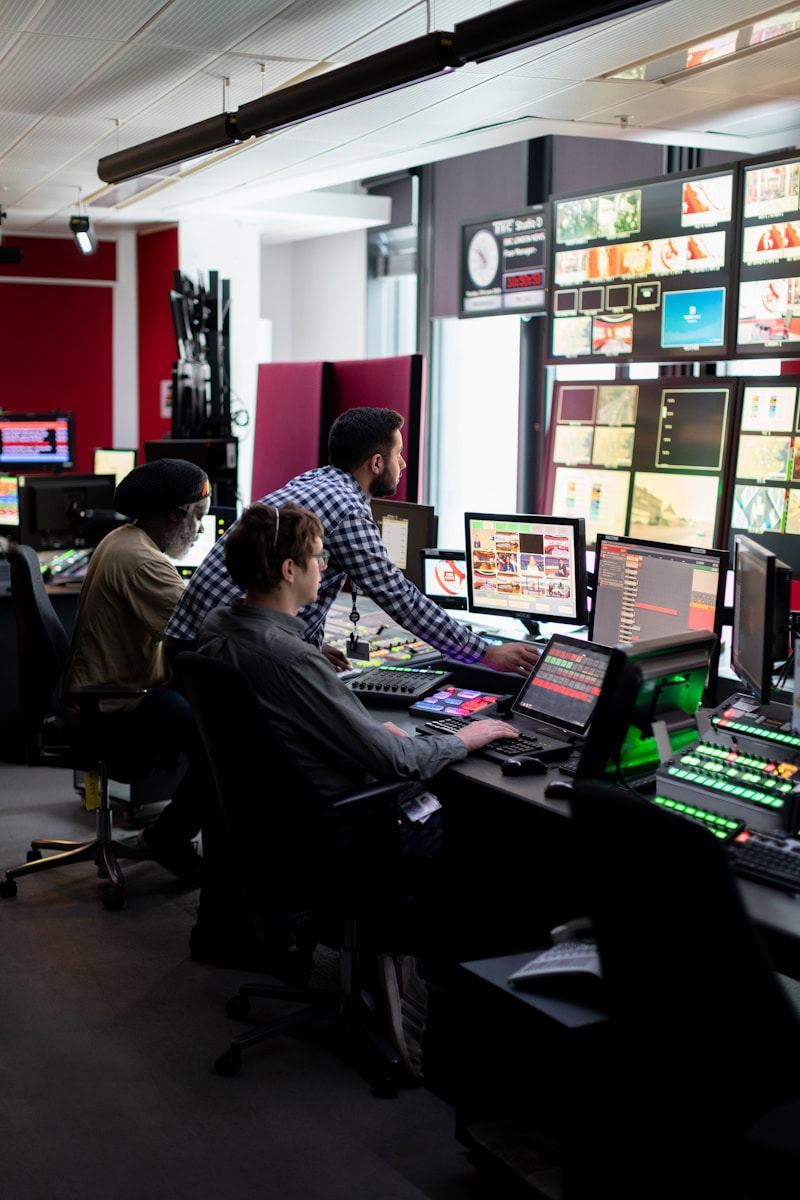By Sen Chai and Richard Freeman
In a world of ever-expanding knowledge where research has become increasingly complex, scientific funding ever so uncertain, and where frontier-pushing research requires labor to be divided among researchers, our work in the Strategic Management Journal (‘Temporary colocation and collaborative discovery: Who confers at conferences’) investigates alternatives to close and permanent proximity collaborations. In studying how individuals form collaborations through temporary proximity to combine their expertise and spread knowledge, we shed light on the impact and possibilities temporary colocation offers in terms of knowledge spillover and collaborative ties.
Knowledge production is influenced by spillovers and the recombination of ideas, while breakthrough advances rely on novel recombination of ideas and knowledge flow from diverse, and sometimes distant, sources. Nowadays, individuals collaborating in teams are the predominant contributors to this production of knowledge. These collaborations are usually formed when individuals meet and interact with one another to discuss their common interests. Of course, being physically close to one another facilitates the occurrence of these interactions by reducing the cost of meeting. Look at firms for example, within them information diffuses more easily. Headquarters, company towns and corporate campuses are created to facilitate contact and interactions. Even lunchrooms and photocopiers can influence the level of interaction among members.
But what if permanent physical proximity is impossible to attain? Other alternatives to knowledge spillover and collaboration, such as temporary colocation, exist. In fact, scientists who desire to communicate and exchange knowledge in person have long used temporary colocation to interact whether by visiting one another’s universities, creating academies, or attending seminars and conferences. And since knowledge production relies on novel recombination of ideas from distant and diverse sources and has increasingly become a team endeavor, temporary proximity enabled by events such as conferences should enhance the formation of spillover and collaborative ties.
After examining temporary proximity through the research behavior of over 1,200 individual attendees of fifteen Gordon Research Conferences, one of the most prestigious conference series in the natural sciences, we found that participating in conferences has a significant impact in steering the research path (and career) of participants. Temporary colocating has the potential to yield spillover and collaborative benefits similar in quality to those generated by permanent colocation. Moreover, bringing distant researchers together allows attendees to be exposed to a more diverse set of ideas. And if they happen to share a similar research interest, tie formation goes from probable to possible.
But what if temporary physical proximity is also impossible to attain, as events such as global travel screeching to a halt and social distancing restrictions due to the pandemic have shown us lately? The Covid-19 pandemic has forced many organizations to rely on telework and turned human contact into virtual contact. Conferences are no exception, as many have pivoted to an online format. Has virtual become the future? The verdict is still not out yet – few are the studies that have rigorously assessed the impact of virtual colocation on knowledge spillover and collaboration.
The perks of virtual conferences, as some of us have experienced in the past few months, are the gain in time and budget savings. Travel time and costs of having to get to a physical conference can be burdensome if not prohibitive especially in an increasingly uncertain funding climate. Moreover, virtual conferences enable individuals to address and work on the key points quickly and directly, without losing time on details that may be less important. However, virtual conferences pose the problem of transparency: without prior interactions it is harder for participants to establish trust with limited non-verbal cues, and there might be confusion in clearly understanding what others are trying to convey.
Virtual conferences have the promise to considerably change the way researchers organize and meet temporarily to exchange ideas. However, aside from the technological issues encountered, their formats need to be carefully designed. Otherwise, virtual conferences may devolve into limited unidirectional dissemination of knowledge from speaker to audience members without much interactions between participants, and lose the collaborative benefits that temporary colocation brings.
For the original article, see Chai, S., & Freeman, R. B. (2019). Temporary colocation and collaborative discovery: Who confers at conferences. Strategic Management Journal, 40(13), 2138–2164.



